What is the difference between 3, 4 and 5 axes in CNC machining?
What are the advantages of each of them?
Which products are each suitable for machining?
How does a CNC machine move?
First of all, to understand the difference between the concepts of 3, 4 and 5 axes in CNC machining, we need to understand how CNC machines work. Steel mills produce steel not a variety of strange shapes we see in life, but plates, tubes, ingots and so on the shape of more regular materials, these materials to be processed into various shapes of parts will need the use of machine tools for cutting; there are some high precision requirements and surface finish requirements of the fine parts, we need to use the sophisticated and complicated process on the machine tool to cut out or grinding out. To carry out these processes, we need to use the cutting tools on the machine to move in a certain pattern so that the material can be processed. The degree of fineness of the tool movement depends on the number of axes on the milling machine.
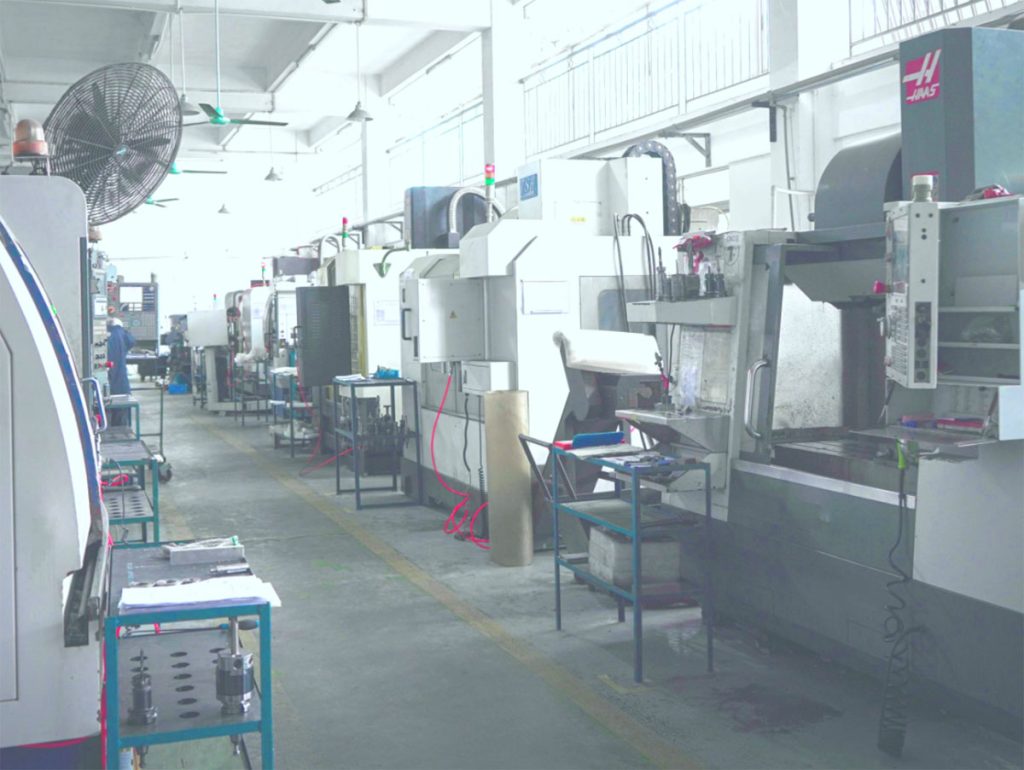
Generally, CNC milling machines are classified by the number of axes they operate on, the most common being 3, 4 and 5-axis milling machines. These movements determine the characteristics of the parts that can be manufactured and can also affect productivity and accuracy. Generally speaking, the more degrees of freedom available, the more complex the geometry that can be produced. However, it is not the case that more axes are better. Different numbers of axis milling machines have different characteristics, and choosing the right one for the machining process can play a role in ensuring the quality of the workpiece, improving machining efficiency, as well as reducing production costs. So to help you better understand whether CNC machining is right for your next project, it is essential to know these characteristics.
3-axis CNC machining: generally refers to three axes with linear movements in different directions, such as up and down, front and back, and left and right. The 3-axis can only machine one side at a time and is suitable for machining some disc-type parts.
Try Prolean Now!
5 axis CNC machining: in the four axis above another rotary axis, generally upright surface 360 ° rotation, five axes can already be fully processed can achieve a clamping, can reduce the cost of clamping, reduce product scratches and bruises, suitable for processing some multi-station holes and planes, processing precision parts, especially the shape of processing precision requirements are more stringent parts.

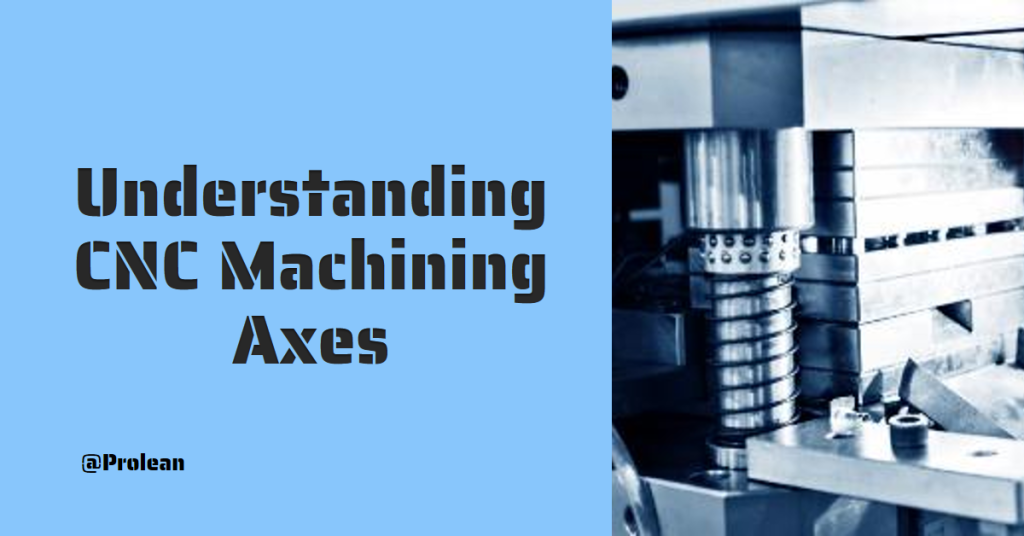
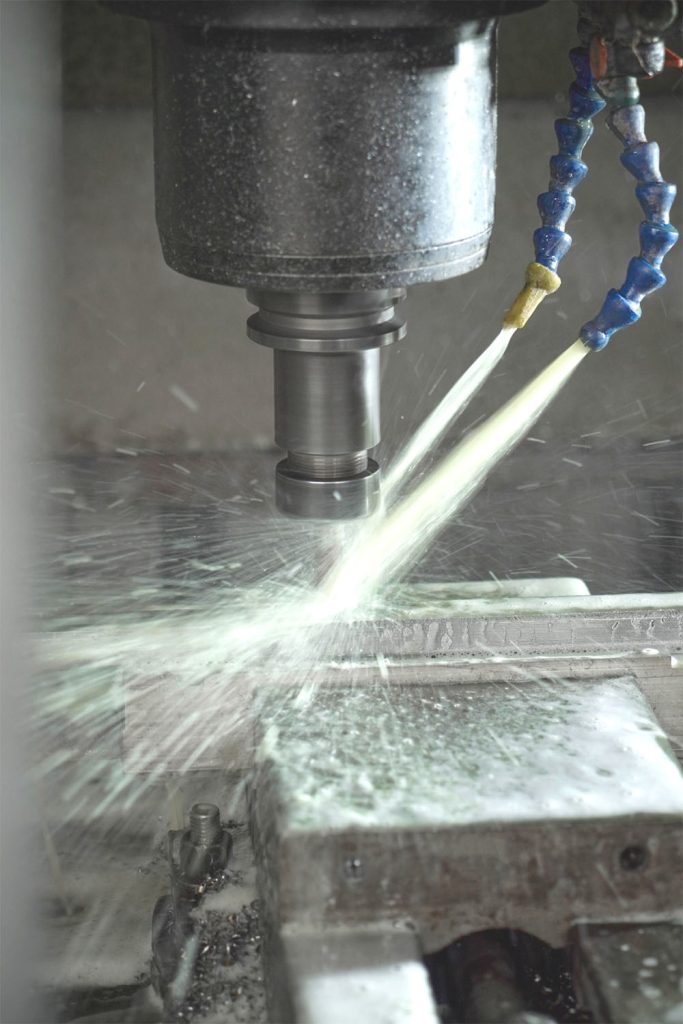
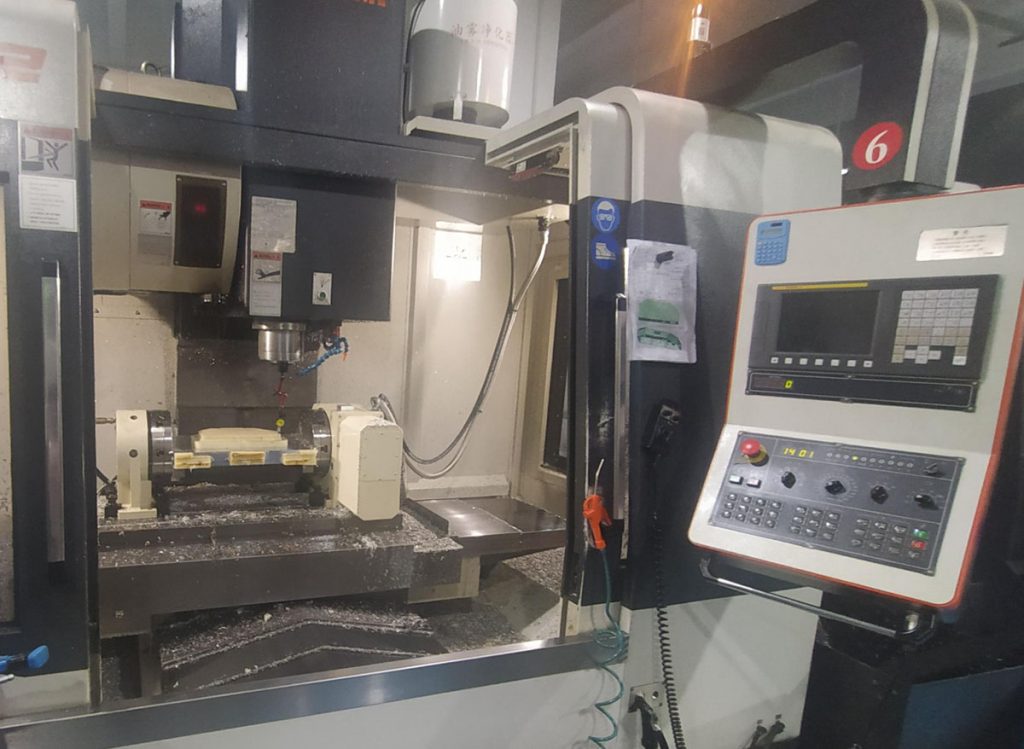
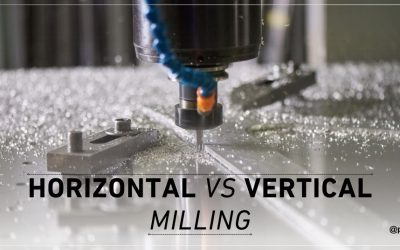
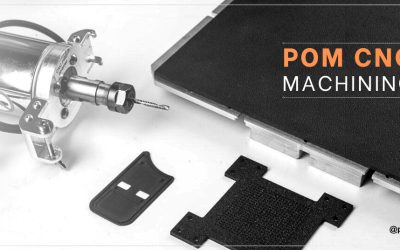
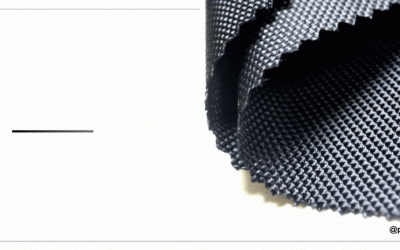

0 Comments